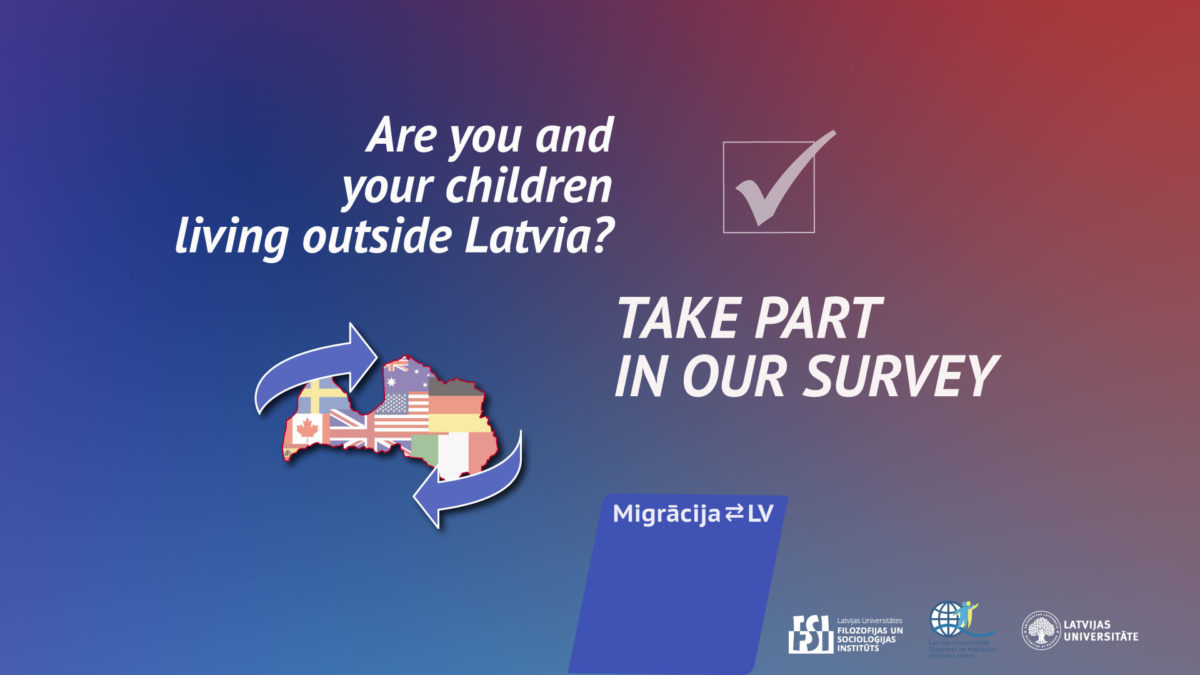The choir music of Pēteris Vasks, particularly his sacred choir works, have long been an integral thread in the fabric of Latvian academic music. Not just in Latvia, but all over the world, his expressive and weighty works have been recognized and appreciated for their distinctive sound and emotional depth. At times discordant and harsh, other times gentle and hopeful, his music affects all those who hear it.
It is appropriate then, that, for the Latvian centenary in 2018, the Latvian national recording label Skani brought together the leading musicians in Latvia to record an album of Pēteris Vasks’ choir music. The State Choir Latvija, along with the Latvian National Symphony Orchestra and the Riga Professional Symphonic Band, all conducted by Māris Sirmais, released the album Lūgšana (Prayer) in 2018. The album collects four of Vasks’ vocal symphonic works, all with a spiritual nature, and, in the hands of such a talented group of performers, confirms again Vasks’ stature as a leading composer internationally.
The album includes both recently composed works, as well as earlier compositions, such as ‘Lūgšana mātei’ (Prayer for a Mother), based on a poem by Imants Ziedonis, which was composed in 1978. As it was composed during the Soviet occupation, sacred elements were forbidden in music, but Ziedonis’ text (sung by soprano Laura Teivāne), is still full of spirituality, with its repeated calls for “miers” (peace). Vasks’ earliest works are often harsh and discordant, and ‘Lūgšana mātei’ is no exception, with jarring and sudden percussion and bursts of sound and brief moments of choir singing. This is perhaps an unexpected musical approach for a prayer, but perhaps also considering that this was written during the Soviet occupation, messages of spirituality (or of discontent) had to be presented in, at best, oblique ways. From its quiet, mournful introduction, to Teivāne’s rich and resonant solo performance, this ode to mothers is memorable and moving.
A more recent work is ‘Laudate Dominum’ from 2016. The Latin text – Vasks only uses the words ‘Laudate Dominum. Alelulia.’ in the composition – provides the foundation for this powerful and expansive work. The gradually swelling orchestral introduction suddenly stops for the quiet entrance of the choir, providing a brief, almost Baroque interlude between the orchestral sections. Though filled with dramatic tension, the work closes on a hopeful, joyful note.
The centerpiece of this collection is the five moment ‘Mesa’ (or ‘Mass’) from 2005. The opening ‘Kyrie’ section is always in motion, with the choir melodies rising and falling with the text about begging for mercy from the Lord. The majestic ‘Gloria’ and the celebratory ‘Sanctus’ follow. The quieter and more tender ‘Agnus Dei’ concludes the work, and the delicate strings, along with the nuanced choir singing, completes this spiritual musical journey.
The album concludes with the brief but resplendent ‘Lūgšana Latvijai’ (Prayer for Latvia). As befitting its ceremonial nature, the brass instruments of the symphonic band Rīga give it a rich texture, and the text by poet Velta Toma, though laconic, offers an expansive prayer for Latvia and Latvians throughout the world in just a few words. It comes to a jubilant conclusion, with the choir Latvija, conducted by Sirmais, bringing the necessary gravity and vocal richness to make for a moving performance.
As with many of the Skani releases, the CD packaging includes an extensive interview with composer Vasks where he shares many details of the composition process and the history behind some of these works. The booklet text is in both English and Latvian.
As a present for Latvia on its 100th birthday, Lūgšana will have few equals. The immense compositional talent of Pēteris Vasks in the hands of exceptional musicians like the Latvian National Symphony Orchestra, the symphonic band Rīga, the State Choir Latvija, all conducted by preeminent conductor Māris Sirmais, provides for a memorable combination. The richness and depth of Vasks’ works are vividly presented in this collection of symphonic choral works.
For further information, please visit the Skani website.
Pēteris Vasks – Lūgšana
Latvian State Choir Latvija, conductor Māris Sirmais
LMIC/SKANI 070, 2018
Track listing:
- Lūgšana mātei
- Laudate Dominum
Missa
- I. Kyrie
- II. Gloria
- III. Sanctus
- IV. Benedictus
- V. Agnus Dei
- Lūgšana Latvijai




